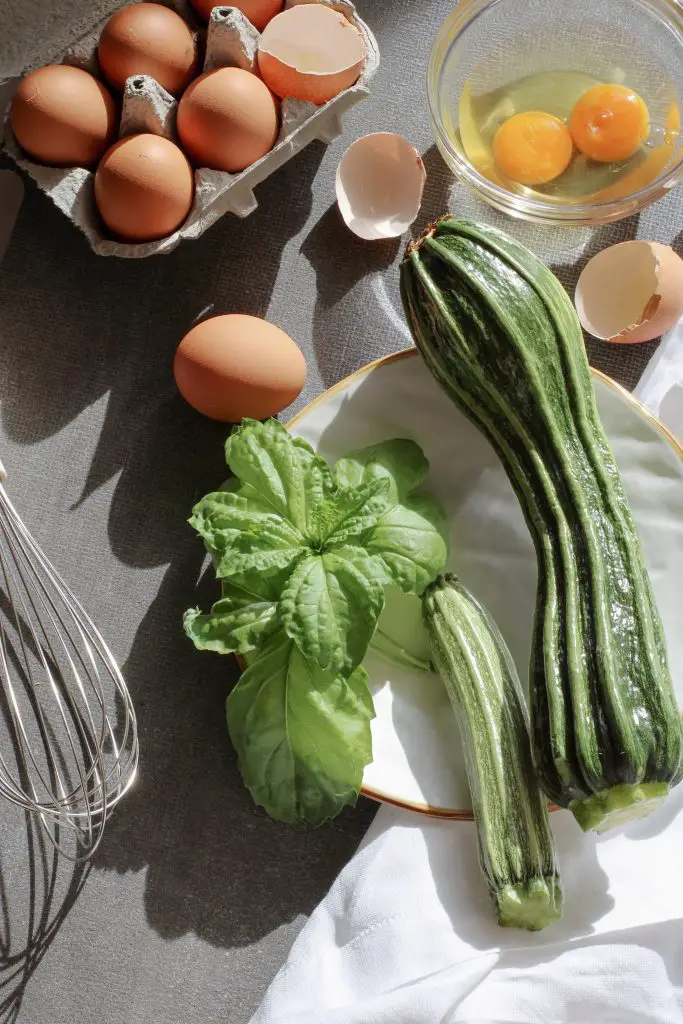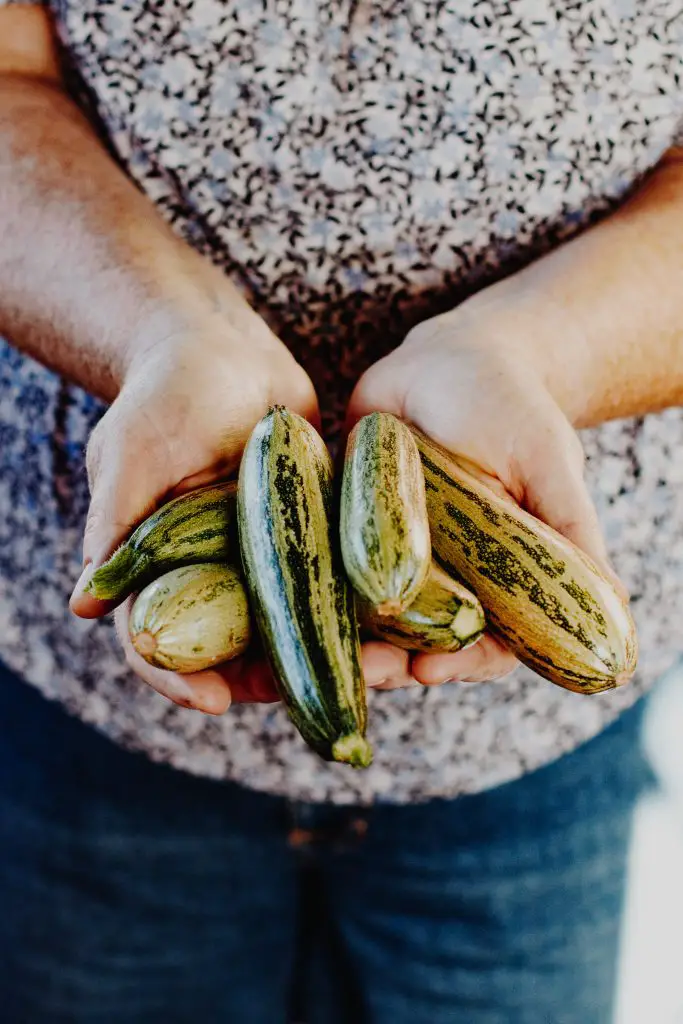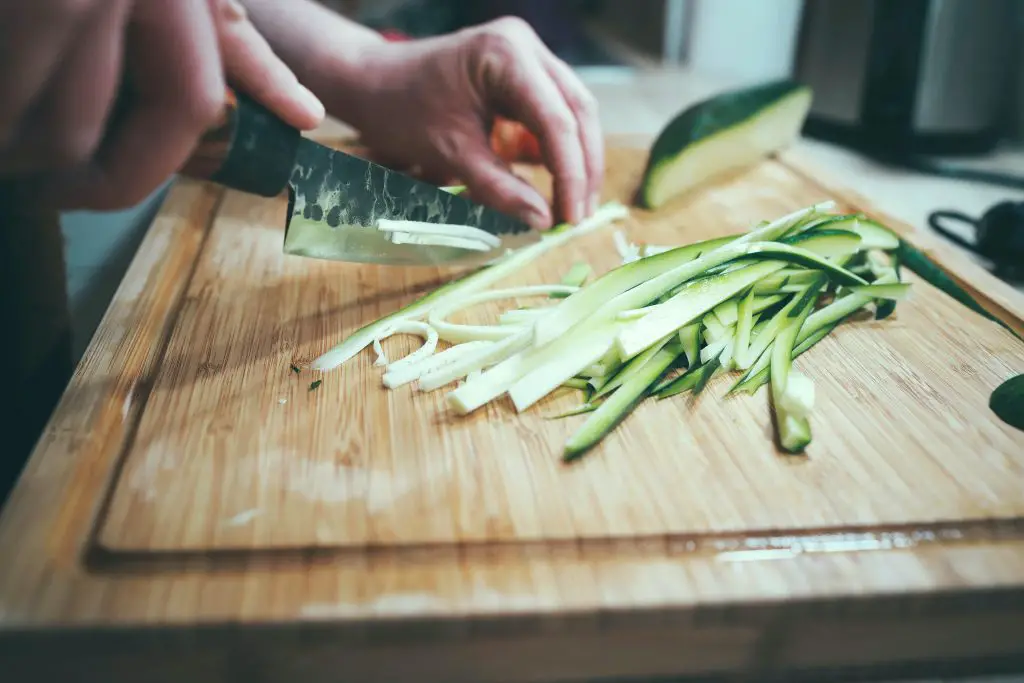Is It Safe To Eat Zucchini With Powdery Mildew? Whether you are a beginner gardener or a more experienced one that is growing vegetables at home it is likely that you are growing zucchini because they are one of the most prolific vegetables in a garden. Just 2 to 3 plants is often enough to leave you with a huge glut of zucchinis every single year, however, one of the problems that is commonly associated with growing zucchini is that the plant very commonly gets powdery mildew in most regions around the world. So is it safe to eat the fruit from zucchini plants that has powdery mildew?
It is safe to eat zucchini fruit that has come from a plant that is affected by powdery mildew. The powdery mildew is a fungal infection that occurs most years on the plants. It produces a powder-like substance that most commonly appears on the leaves of the plant but can also affect the fruit itself. This powder can be easily washed from the fruit without leaving any residue and is, therefore, is safe to eat.
The main impact of powdery mildew is that it reduces the extent of the photosynthesis that occurs within the plant. In most cases this is not significant in terms of affecting the quality of the fruit or the yield, however, there are some cases where it can be relatively extreme but that is not all that common.
Powdery mildew is caused by spores which remain dormant throughout winter in most regions and then appear from late spring onwards. The disease will affect a range of plants which include things like pumpkins and roses and it is a disease that is relatively difficult to eradicate, however, it can be controlled to a large extent using a few basic techniques.

How To Control Powdery Mildew
Powdery mildew is a disease that can be reduced by making the conditions less favourable for the fungal spores to multiply. The most basic thing to do is to ensure that when you are watering the plants you avoid splashing a leaves and instead only pour water on the soil rather than the plant itself.
To reduce the size of the colonies of fungal spores formed there are a couple of common remedies that are recommended which includes using baking soda or milk both of these methods are effective against powdery mildew because they increase the pH which is unfavourable for the fungus. However, academic research has also shown that milk has a better performance than baking soda which suggests that there is some other mechanism involved that researchers are yet to fully understand.
These treatments are both relatively effective but they will not kill the fungus. They will only control it and reduce its spread. It is therefore recommended that you apply these treatments in mid to late spring onward as a preventative measure.
To apply milk it is recommended that you dilute it 1 to 1 with water and spray it on the leaves every week or so throughout the summer period. When applying it, it is important to coat both sides of the leaves to minimise any impact.

Should I Cut Off Zucchini Leaves With Powdery Mildew?
One of the other common questions that is asked is once a leaf becomes heavily effect with powdery mildew should it be removed? Generally, it is recommended that you do remove these leaves however this is contingent on you also having a number of other leaves available to ensure the plant is able to continue to photosynthesize.
If the plant has very few other leaves you may just have to grin and bear the powdery mildew which generally will make the plant look quite unsightly.
Does Powdery Mildew Wipe Off The Leaf?
The other option that is commonly utilized, rather than removing leaves, is to wipe powdery mildew off the leaves are affected which will temporarily reduce the problem, however, you can expect to see the powdery mildew reappear relatively quickly.
This is mainly because it is likely to be on a number of other plants in the vicinity and therefore the fungus will recolonize the leaves relatively quickly.
If you are removing powdery mildew by hand you can try using wipes with alcohol however they need to be used with a degree of caution is alcohol can also cause the leaves to dry out relatively quickly which can also have the negative effect on the plant’s performance.

Will Powdery Mildew Go Away On Its Own?
The other common questions asked is will powdery mildew go away by itself? And the answer to this is generally no. It is not one of those types of diseases that will just resolve itself over time, instead what you can expect to see is it the powdery mildew will get progressively worse throughout the season until the condition start to become unfavourable for it.
This typically occurs in the late autumn when conditions start to get too cold for the powdery mildew. At this stage the reproduction rate will fall significantly, however, this will only be a temporary reprieve because a spores that cause a fungal infection will go dormant through the winter period. They will reappear in the following growing season when conditions are again favourable.
It is a fungal disease that is almost impossible to eliminate in from your garden and it is prevalent in almost every part of the world.
The best option is to apply preventive measures which will reduce impact through the key growing months of the year and hopefully not affect the yield of the plants too much. In my experience, I’m yet to have a year where I do not have enough zucchini at home so this disease is more of a nuisance than anything else.
I hope you found this article useful and have great success growing your zucchini plants at home even if they do have powdery mildew. If you have any additional comments or questions please leave me the section below.
Relevant Articles
Do Zucchini Seeds Need Light To Germinate?
How Much Does One Zucchini Plant Yield?
Do You Need Two Zucchini Plants To Get Fruit?
